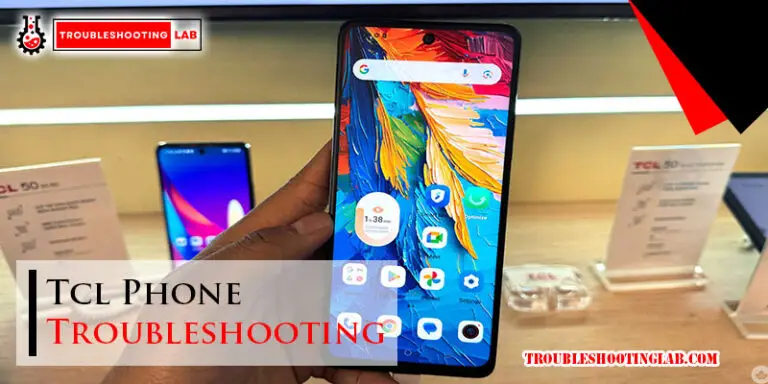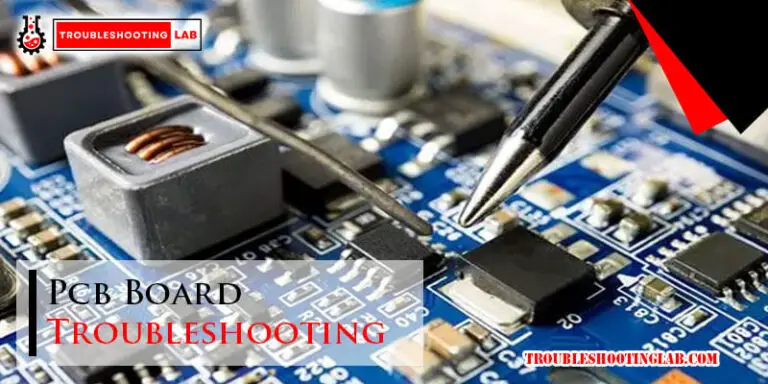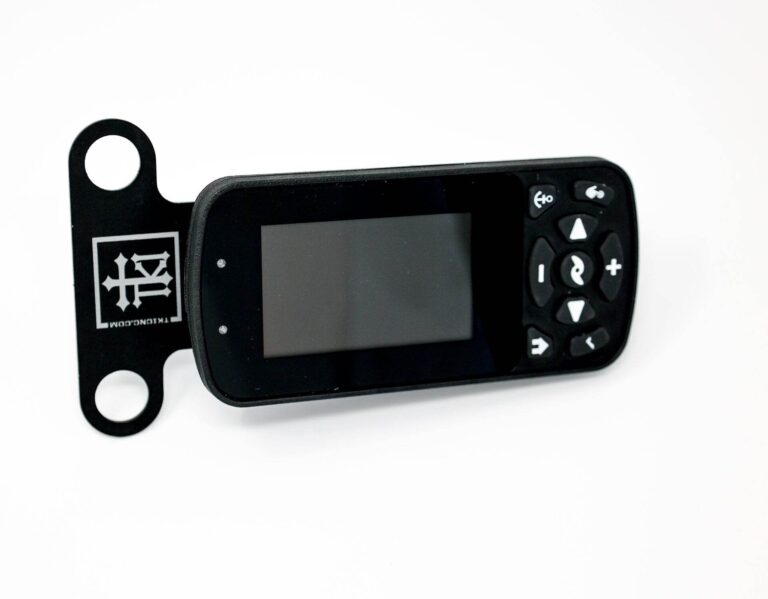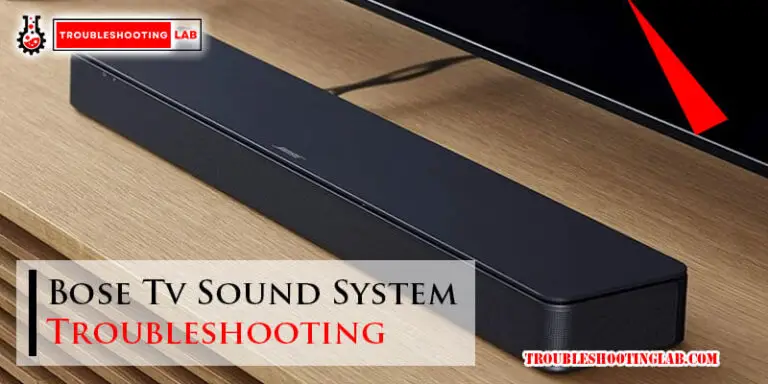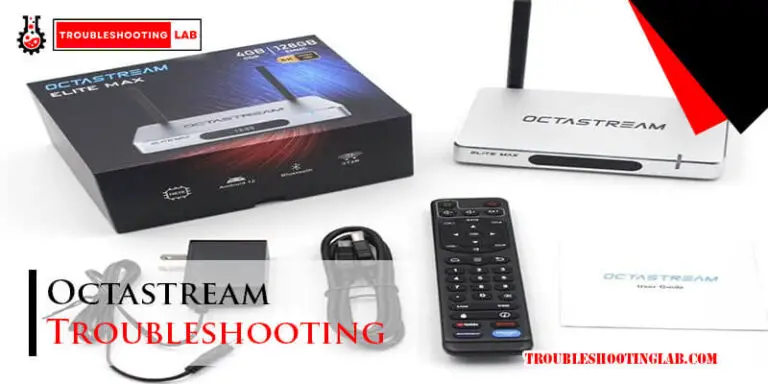Hid Card Reader Troubleshooting: Quick Fixes and Solutions
HID card readers are essential in many security systems. They ensure only authorized personnel gain access.
But what happens when these devices malfunction? Troubleshooting HID card readers can be frustrating. Many face common issues like connectivity problems, faulty wiring, or software glitches. Understanding the basics of troubleshooting can save time and stress. In this guide, we will explore practical steps to diagnose and fix common HID card reader issues.
Whether you are a tech novice or an experienced user, these tips will help you restore functionality quickly. Dive in to discover how to keep your security system running smoothly.
Basic Troubleshooting Steps
Having trouble with your HID card reader? This guide will help you through some basic steps to get it working again. Start with these simple checks before moving to more complex solutions.
Checking Connections
First, ensure all cables are properly connected. Loose connections can cause the card reader to malfunction. Follow these steps:
- Check the USB cable. Ensure it is firmly plugged into both the card reader and the computer.
- Inspect the power cable. Make sure it is securely attached to the card reader and the power source.
- Look for any visible damage to the cables. Replace any frayed or broken cables.
Once you’ve checked all connections, test the card reader again. If it still doesn’t work, move to the next step.
Restarting The Device
Restarting the device can resolve many common issues. Follow these steps to restart your HID card reader:
- Disconnect the card reader from the computer.
- Unplug the power cable from the card reader.
- Wait for 30 seconds. This allows the device to reset completely.
- Reconnect the power cable to the card reader.
- Plug the card reader back into the computer.
After restarting, check if the card reader is functioning properly. If it still isn’t working, consider seeking professional help.
These basic troubleshooting steps often solve common problems. Ensure you follow each step carefully for the best results.
Software Issues
When using an HID card reader, software issues can often cause problems. These issues are usually related to driver updates and software compatibility. Addressing these can help ensure your card reader functions properly.
Driver Updates
Regular driver updates are crucial for the smooth operation of your HID card reader. Outdated drivers can cause your card reader to malfunction.
Follow these steps to update drivers:
- Visit the manufacturer’s website.
- Download the latest driver for your specific card reader model.
- Install the driver by following the on-screen instructions.
- Restart your computer to apply changes.
Ensuring your drivers are up-to-date can prevent many common issues.
Software Compatibility
Software compatibility is another key factor. Your card reader software must be compatible with your operating system and other software.
Check the following to ensure compatibility:
- Verify the operating system requirements of your card reader.
- Ensure your computer meets these requirements.
- Check for any known software conflicts.
- Update any conflicting software to the latest version.
If your software is incompatible, consider upgrading to a newer version or seeking alternative software options.
| Issue | Solution |
|---|---|
| Outdated Drivers | Update drivers from the manufacturer’s website |
| Software Conflicts | Update or replace conflicting software |
| Incompatible OS | Check and meet OS requirements |
Addressing software issues can greatly enhance the performance of your HID card reader. Keep your drivers updated and ensure compatibility for seamless operation.
Card Reader Not Recognizing Cards
Card readers sometimes fail to recognize cards. This can be frustrating. There are several reasons this might happen. Let’s explore some common issues and solutions. Two main areas to consider are card reader cleanliness and card quality.
Card Reader Cleanliness
Dirt and dust can affect card readers. Clean the reader regularly. Use a soft, lint-free cloth. Avoid harsh chemicals. They can damage the reader. Check for debris inside the card slot. Use compressed air to clean it out. Keeping the reader clean ensures it works properly.
Card Quality
Card quality matters a lot. Worn-out cards may not work. Scratches or bends can cause problems. Ensure the card is in good condition. Also, check for dirt on the card. Clean it with a soft cloth. If the card is damaged, replace it. Using high-quality cards helps avoid issues.
Credit: jmacfiles.s3.amazonaws.com
Error Codes And What They Mean
Understanding error codes helps fix HID card reader issues quickly. These codes show what went wrong, aiding in fast troubleshooting.
Understanding error codes on your HID card reader can be confusing. These codes help identify problems with the device. Knowing what they mean can save time and frustration. In this section, we will explain common error codes and how to resolve them.Common Error Codes
Error codes often appear as numbers or combinations of numbers and letters. Each code signifies a specific issue. Here are some common error codes: – Code 10: This indicates a hardware issue. The device might not be connected properly. – Code 31: This means the driver is not working. The system cannot load the driver. – Code 43: This code shows that the device has stopped responding. It might have a malfunction. – Code 52: This happens when the driver is not digitally signed. The system does not trust the driver.Resolving Error Codes
Fixing error codes can involve simple steps. Here are solutions for the mentioned codes: – Code 10: Check the connection. Ensure the device is plugged in correctly. Try a different USB port. – Code 31: Reinstall the driver. Go to the manufacturer’s website and download the latest driver. – Code 43: Restart the device. Disconnect it and then reconnect. If the problem persists, replace the device. – Code 52: Update the driver. Find the correct driver on the manufacturer’s website. Ensure it is digitally signed. Understanding these error codes and their solutions can help keep your HID card reader running smoothly. Save time by addressing issues quickly and efficiently. “`Power Supply Problems
Power supply problems are common with HID card readers. These issues can disrupt the device’s performance. Understanding how to troubleshoot power supply problems helps maintain the card reader’s efficiency.
Checking Power Source
First, ensure the power source is functioning. Check if the outlet provides power. Plug another device into the same outlet. If it works, the outlet is fine. If not, try another outlet. This step confirms the outlet’s condition.
Ensuring Proper Voltage
Next, verify the voltage. HID card readers need a specific voltage to operate. Use a multimeter to measure the voltage. Compare the reading with the reader’s requirements. The voltage must match the device’s specifications. Incorrect voltage can cause malfunctions.
If the voltage is incorrect, check the power supply unit. It might need replacement. Always use a compatible power supply. This ensures the card reader receives the correct voltage. Proper voltage is crucial for smooth operation.
Credit: support.pdk.io
Firmware Issues
Firmware issues are common with HID card readers. They can affect the device’s performance. Ensuring the firmware is up to date is essential. Outdated firmware can cause multiple problems.
Updating Firmware
Updating firmware can resolve many issues. First, check the current firmware version. Compare it with the latest version available. Download the latest firmware from the official website. Follow the instructions for updating. Ensure the device stays connected during the update. A successful update can enhance performance.
Reverting To Previous Firmware
Sometimes new firmware can cause issues. Reverting to a previous version can help. First, identify the last stable firmware version. Download it from the official website. Follow the steps to install the older firmware. Ensure the device stays connected during the process. Reverting can restore device functionality.
Advanced Troubleshooting
Advanced troubleshooting can help you fix complex issues with your HID card reader. If basic steps don’t work, these advanced methods might solve your problem. This section covers using diagnostic tools and contacting support for assistance.
Using Diagnostic Tools
Diagnostic tools help identify specific issues with your card reader. Many HID card readers come with built-in diagnostics. Access the diagnostic tool through your device’s software. Follow the prompts to run tests. These tests can pinpoint hardware or software issues. Note the error codes or messages for reference.
Another useful tool is the HID Global’s official diagnostic software. Download and install it from the HID website. This software provides detailed insights. It can also suggest solutions based on the errors found. Always keep your software up to date for the best results.
Contacting Support
If diagnostic tools don’t fix the issue, contact HID support. Prepare information about your device, including the model number and error codes. This helps support agents understand your problem faster. You can reach HID support through their website or customer service hotline.
Explain the steps you have already taken. This prevents repeating the same troubleshooting steps. The support team can guide you through advanced solutions. If needed, they may suggest sending the device for repair or replacement. Always follow their instructions carefully to avoid further issues.
Preventive Measures
Taking preventive measures can help you avoid many common issues with your HID card reader. Regular upkeep and proper usage can greatly extend the lifespan of your device. This section will guide you on how to maintain your HID card reader effectively.
Regular Maintenance
Regular maintenance is crucial for the smooth operation of your HID card reader. Here are some steps you can follow:
- Clean the reader: Use a soft, lint-free cloth to wipe the reader’s surface. Avoid using harsh chemicals.
- Check connections: Ensure all cables and connectors are secure. Loose connections can cause errors.
- Update firmware: Regularly check for firmware updates from the manufacturer. Installing the latest updates can fix bugs and improve performance.
Best Practices
Following best practices can prevent many issues before they occur. Consider these tips:
- Proper card handling: Always handle cards with clean hands. Avoid bending or scratching the cards.
- Environment control: Keep the card reader in a dry, cool place. Avoid exposing it to extreme temperatures or moisture.
- Regular testing: Periodically test the reader with a known good card. This helps identify any issues early.
| Task | Frequency |
|---|---|
| Clean the reader | Weekly |
| Check connections | Monthly |
| Update firmware | Quarterly |
Implementing these preventive measures can save you time and money in the long run. Your HID card reader will be more reliable and efficient.
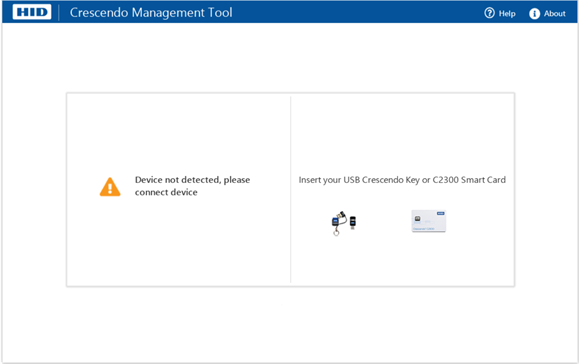
Credit: docs.hidglobal.com
Frequently Asked Questions
How Do I Reset My Hid Card Reader?
To reset your HID card reader, unplug it. Wait 10 seconds. Plug it back in.
Why Is My Hid Card Reader Not Working?
Check connections. Ensure the card is not damaged. Verify reader compatibility.
How Do I Update Hid Card Reader Firmware?
Visit the manufacturer’s website. Download the latest firmware. Follow the instructions.
Why Does My Hid Card Reader Beep Continuously?
Continuous beeping often means a connection issue. Check wiring and power supply.
Can Hid Card Readers Work With All Access Cards?
Not all cards work. Ensure your card is compatible with your HID reader.
Conclusion
Troubleshooting HID card readers can seem daunting, but it’s manageable. Identify common issues first. Check connections and power sources. Ensure software is up-to-date. Regular maintenance helps prevent problems. Seek professional help if issues persist. Remember, patience and a systematic approach are key.
Practice these tips regularly. Your HID card reader should work smoothly. Keep this guide handy for future reference. Happy troubleshooting!

